Understanding dashboard warning lights in your BMW 8 Series is essential for maintaining vehicle safety and preventing costly damage. These lights alert you to potential issues ranging from minor system activations to critical failures that could compromise your driving.
By recognizing and responding promptly, you can avoid breakdowns, ensure passenger safety, and extend the life of your car.
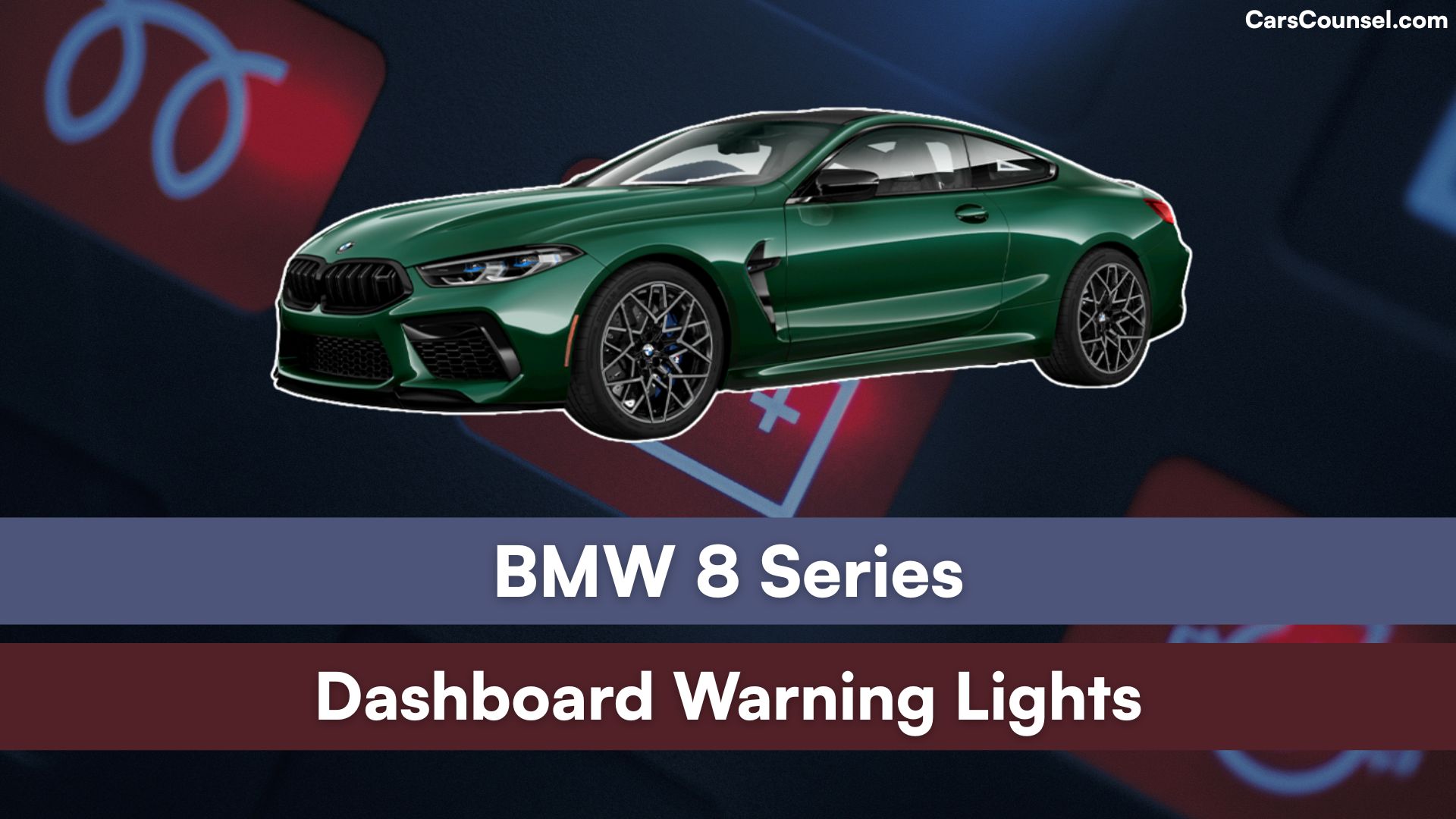
Quick Navigation
Red Warning Lights (Stop Immediately)
Brake System Alert
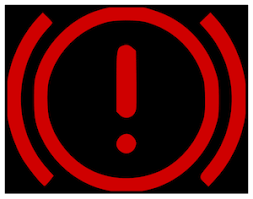
Indicates a serious brake issue like low fluid or hydraulic failure. Stop safely, avoid driving, and contact a mechanic immediately to prevent accidents.
Engine Oil Pressure
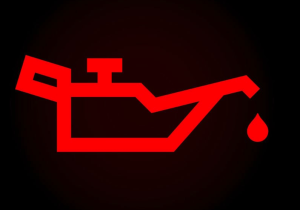
Signals low oil pressure or overheating. Pull over right away, check oil level if safe, and do not drive until fixed to avoid engine damage.
Engine Coolant Temperature
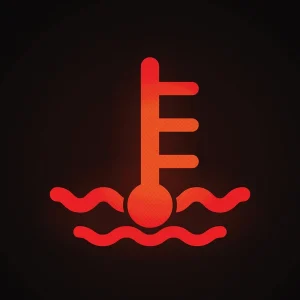
Means the engine is overheating, possibly due to low coolant or a fault. Stop the vehicle, let it cool, and seek professional help before continuing.
Battery Charging System
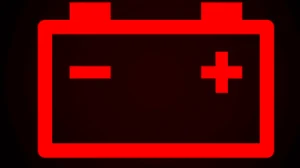
Shows a problem with the battery or alternator not charging properly. Stop driving as the car may lose power; have it towed to a service center.
Airbag Warning

Alerts to a fault in the airbag system, which may not deploy in a crash. Stop and get it inspected urgently for safety.
Steering Lock
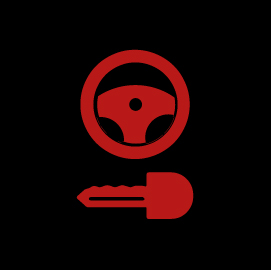
Indicates a failure in the anti-theft steering lock. Pull over immediately as the wheel could lock; call for roadside assistance.
Transmission Fault

Points to a serious issue in the transmission system. Stop the vehicle safely and have it towed to avoid further damage.
Front Safety Belt
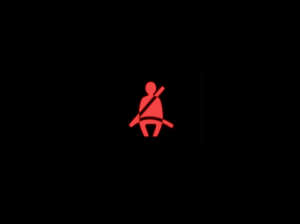
Reminds the driver or front passenger to fasten the seatbelt. Buckle up immediately; if it persists, check the system.
Air Suspension Fault

Means a problem with the air suspension, affecting handling. Stop driving and get it serviced to prevent instability.
Steering System (Integral Active Steering)

Indicates a fault in the dynamic steering system. Perform a wheel test if yellow, but if red, stop and seek help to avoid control loss.
ABS Fault
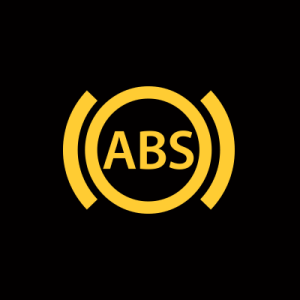
Shows the anti-lock brake system is malfunctioning, risking wheel lockup. Stop safely and have brakes checked urgently.
Door Ajar
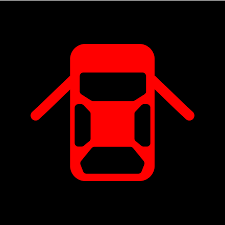
Means a door is not fully closed, which could be dangerous at speed. Stop, secure all doors, and resume only if resolved.
Yellow/Amber Warning Lights (Action Required Soon)
Check Engine
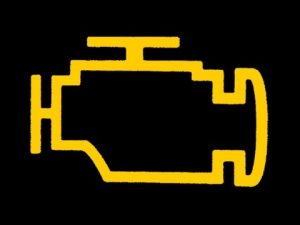
Indicates an engine fault like sensor issues or emissions problems. Drive carefully and visit a service center soon to diagnose.
Dynamic Stability Control (DSC)
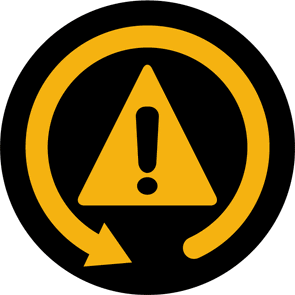
Signals a traction control issue, like on slippery roads. Drive cautiously and have the system checked if it stays on.
Tyre Pressure
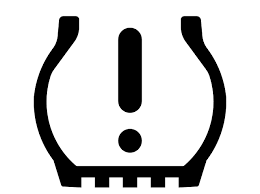
Indicates low or uneven tire pressure. Inflate tires to recommended levels and monitor; fix any punctures soon.
Diesel Particulate Filter (DPF)
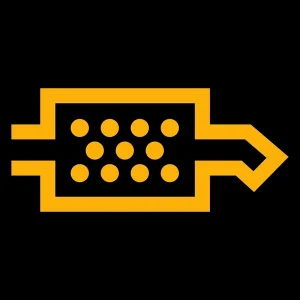
Means the exhaust filter is blocked with soot. Drive at higher speeds if safe, or visit a service center to clean it.
Diesel Exhaust Fluid (DEF)
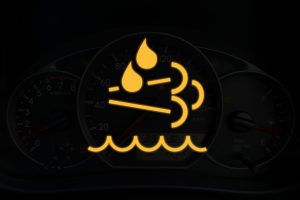
Alerts to low fluid levels, which could stop the engine. Top up immediately to avoid startup issues.
Glow Plug

Shows a problem with diesel engine warm-up plugs. Get them replaced soon to prevent starting difficulties.
Bulb Out

Indicates a failed exterior light bulb. Replace the bulb promptly for safe visibility and to pass inspections.
Fuel Cap
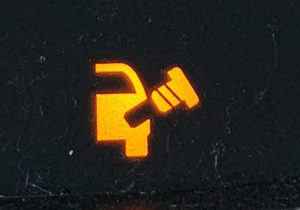
Means the fuel cap is loose or missing, risking evaporation. Secure it tightly and check if the light clears.
Start/Stop System
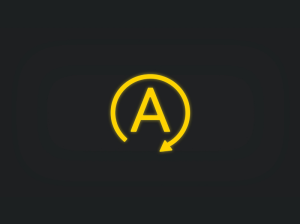
Signals a fault in the auto engine shutoff feature. Drive normally but have it serviced to restore efficiency.
Lane Departure
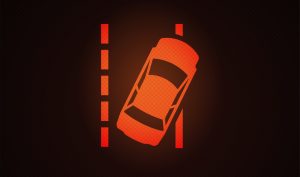
Alerts to unintended lane drifting. Recalibrate or check sensors; visit a service center if it persists.
Frontal Collision

Indicates an issue with collision detection sensors. Get it inspected soon for proper safety function.
Service Vehicle
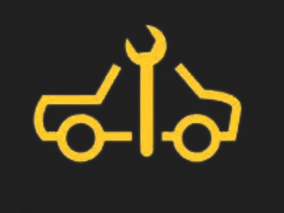
Reminds of upcoming maintenance needs. Schedule a service appointment to address any pending issues.
Brake Pad Replacement

Means brake pads are worn thin. Replace them soon to maintain stopping power and avoid damage.
Hill Assist Failure
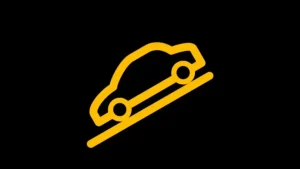
Signals the hill start assist is not working. Take extra care on inclines and get it fixed promptly.
ESP (Electronic Stability Program)
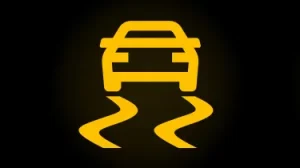
Indicates stability control is intervening or faulty. Drive carefully and service if the light stays on.
Green Warning Lights (Information Only)
Front Fog Lamps

Shows the front fog lights are active for better visibility in poor weather. No action needed unless you turn them off.
Rear Fog Lamps
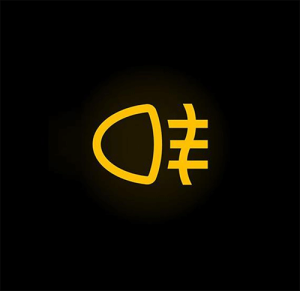
Indicates rear fog lights are on to alert following drivers. Use only in heavy fog; switch off when not needed.
Turn Signals
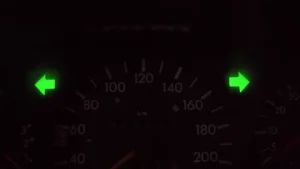
Signals that directional indicators are flashing. Ensure they turn off after your maneuver.
High-Beam Lights

Means high beams are activated for night driving. Dim them for oncoming traffic to avoid blinding others.
Cruise Control Active

Shows cruise control is engaged, maintaining set speed. Adjust or disengage as needed for conditions.
Eco Mode
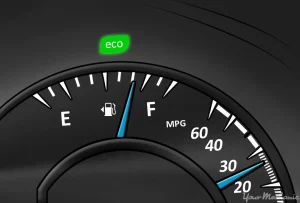
Indicates fuel-saving mode is on, optimizing engine for efficiency. Switch modes if more power is required.
Parking Lights

Signals side or parking lights are on for stationary visibility. Turn off when driving to save battery.
Auto Hold

Means the auto brake hold is active at stops. Release by pressing the accelerator when ready to move.
Indicator Lights
General signal for various indicators in use, like wipers. Monitor and adjust as driving needs change.
When looking at BMW, make sure to check out our guides on models like the BMW iX3, BMW 7 Series, BMW 6 Series, and BMW 5 Series. Understanding dashboard warning lights is essential. Our expert reviews break down what each light means, highlighting common alerts for these models and what they could signal about underlying issues, so you’re never left guessing behind the wheel.

